Alignment
#008
This mesmeric took far longer to figure out than I was intending. Some of that was due to the scope of what I was attempting and some of it was due to life ‘getting in the way’. The additional time did however let me process the solutions to the problems I had created. As I have already found ways to unfold shapes like a cube or sphere, I wanted to look at doing the same for a more complex form – a truncated icosahedron (a soccer ball). Whilst this was not too much of a challenge, I was struck by the topology that I rebuilt to unfold the shape. There was a sense of directionality that enabled the poly faces to keep close to their original surface area whilst unfolding – I then set about finding a way to align the topology after each unfold to change the unfolding direction.
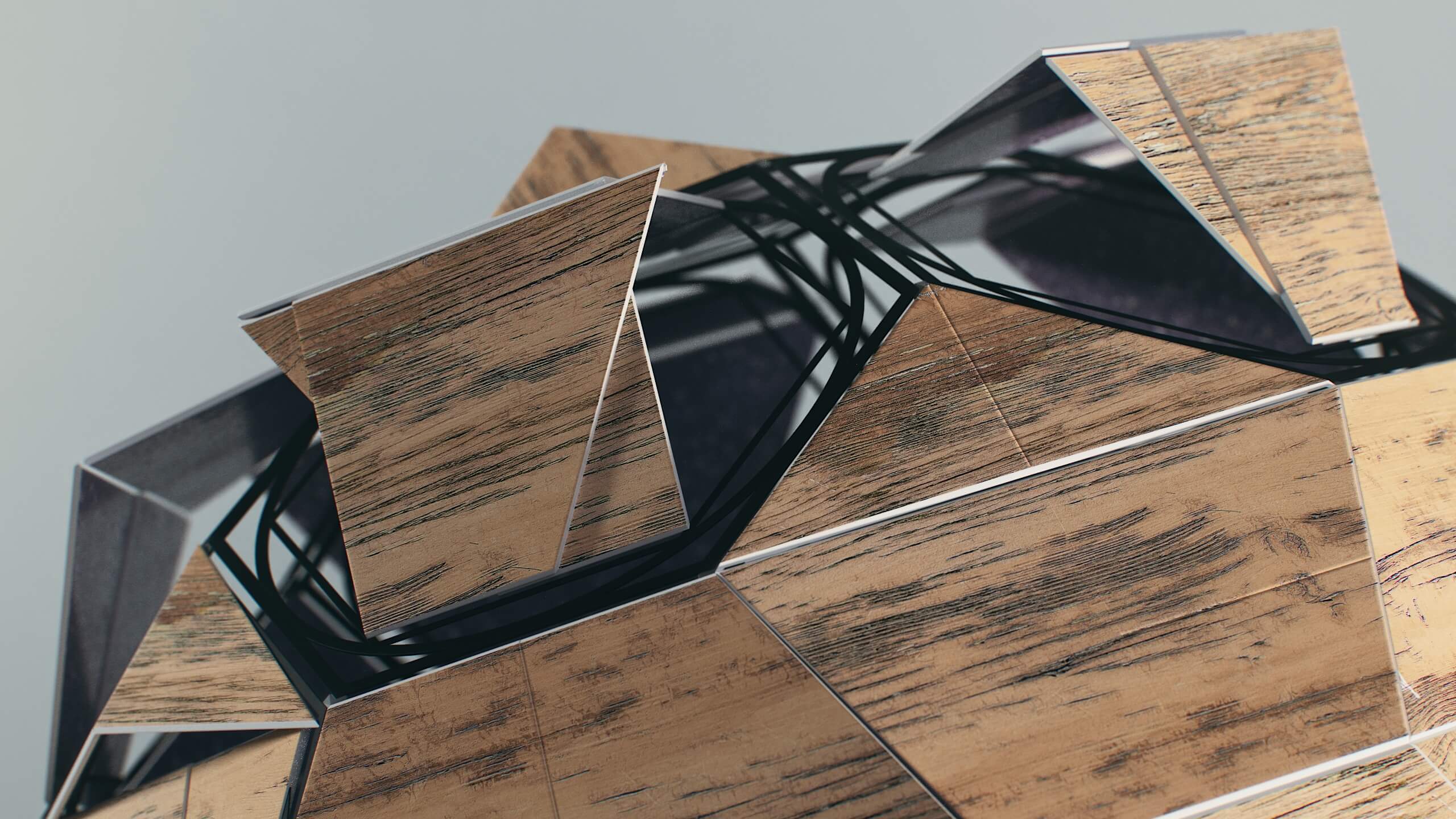
In order to adjust the alignment, I would need to be able to rotate either a hexagon or pentagon on its axis, which is relatively straightforward – what I did to make my life harder was to build the rotating polygon as if it were a physical object. With this in mind I had to find a way to first fold the surface area of each shape into a small enough form to rotate without intersecting with any adjacent polygons on the main shape. I was inspired by the mechanism of bi-folding doors as they compactly fold away, reducing the area they cover very successfully. Applying this idea I was able to condense my hexagons and pentagons in a purposeful manner that feels like kinetic architecture.
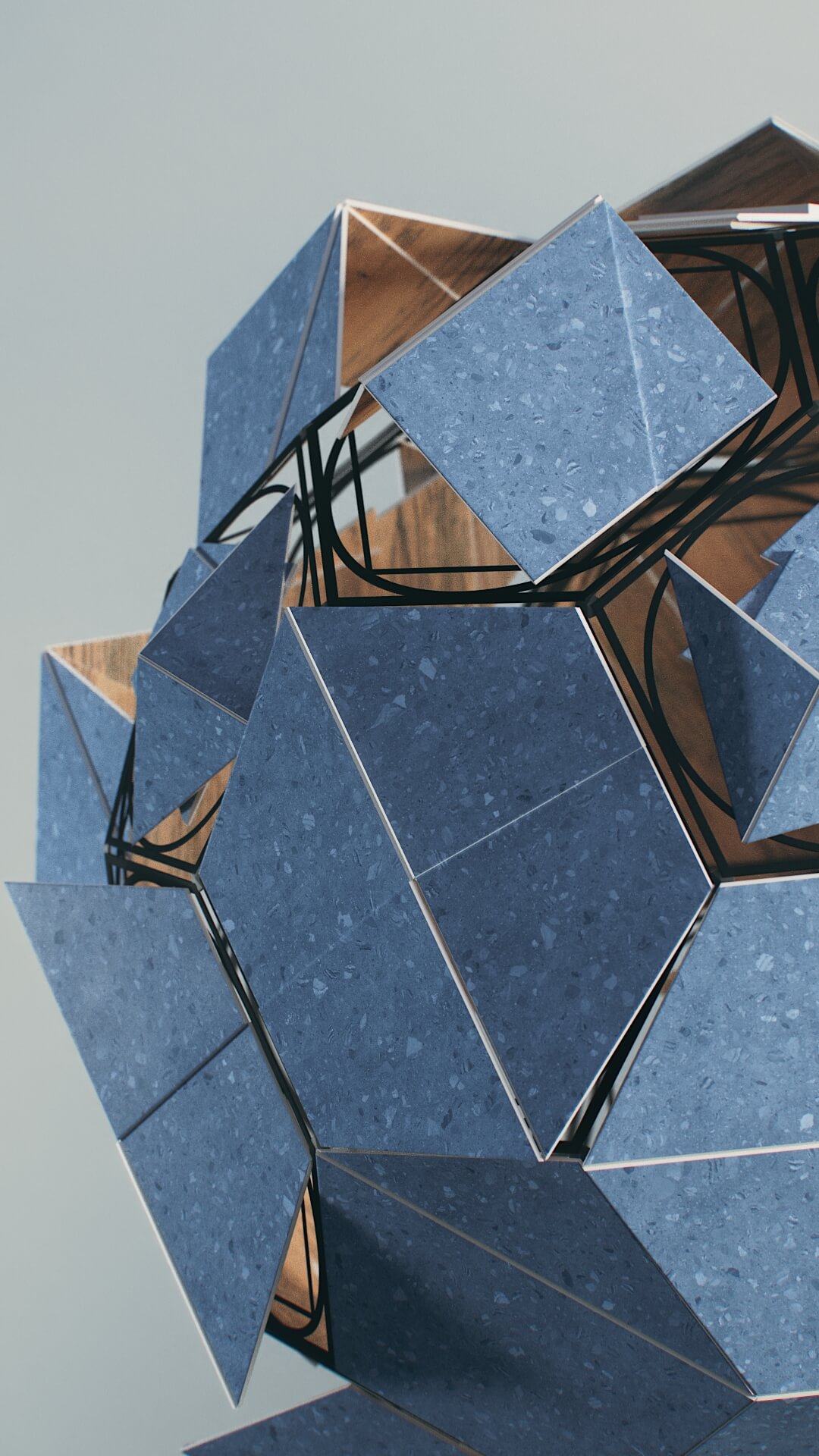
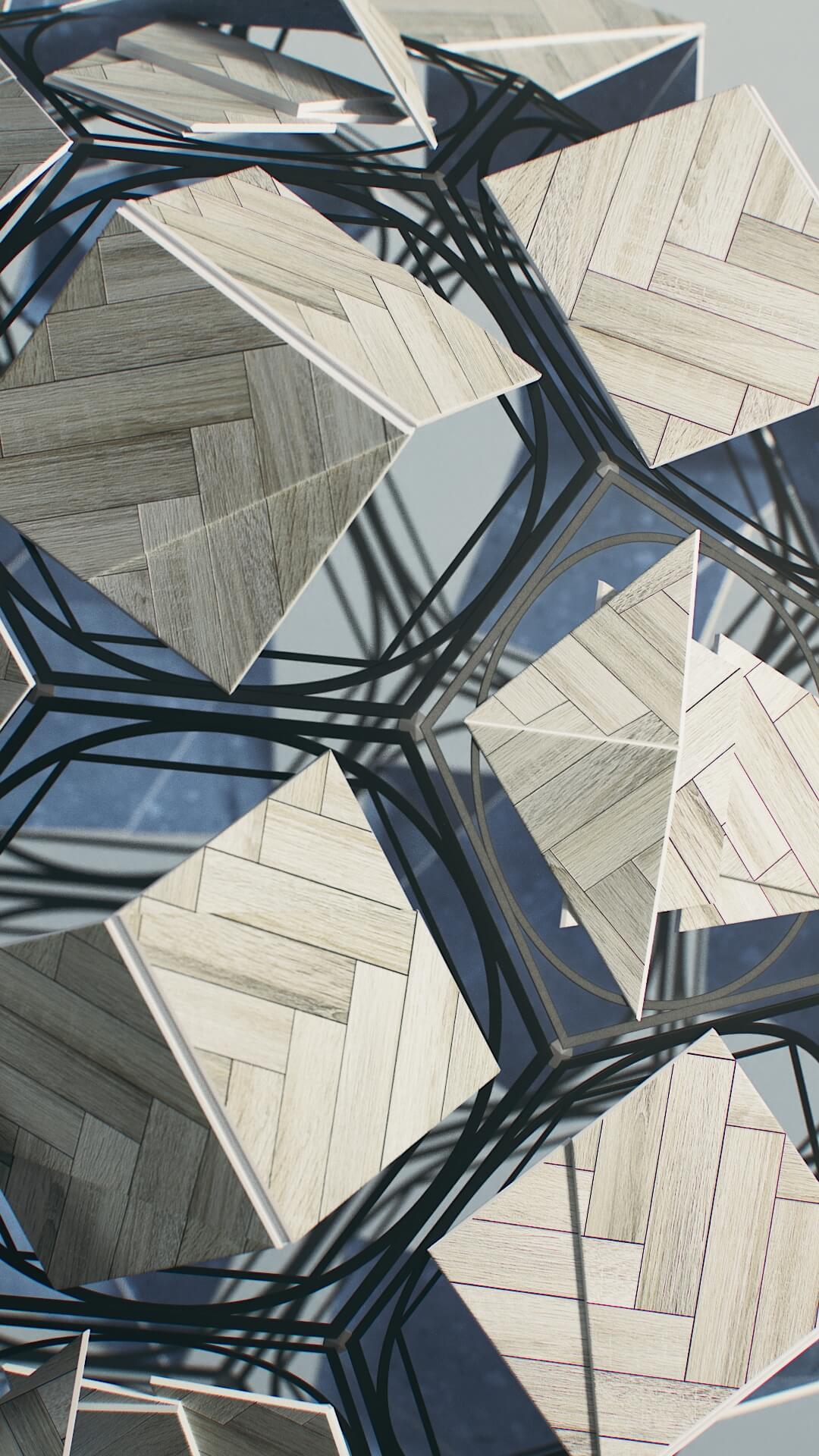
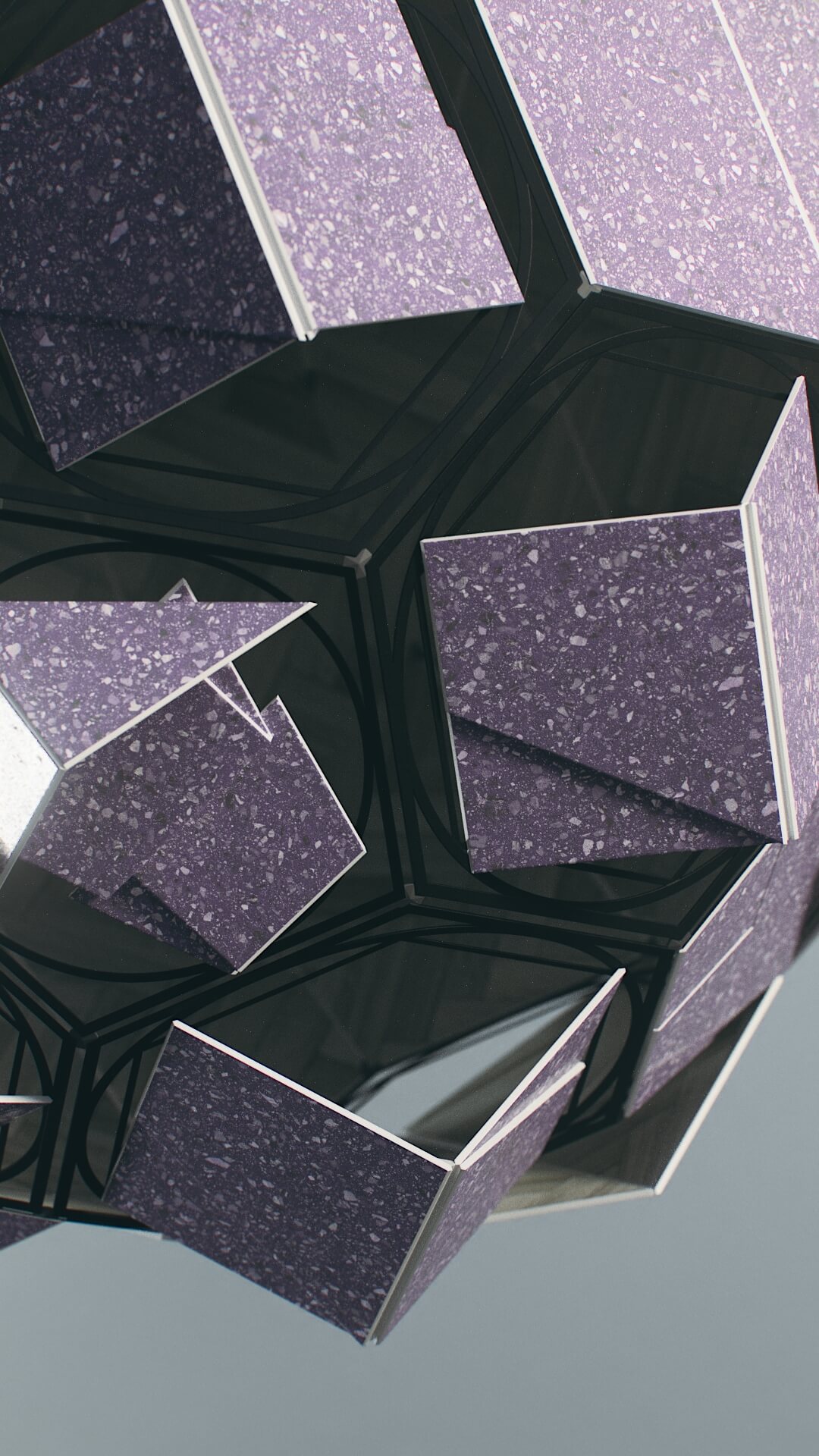
The final step was to bring it all together – all the problems had been solved, just a matter of connecting the dots. The unfolding base shape is where the main loop is created with the direction of the unfold changing every round. This change of direction is noticeable at this level, and I needed to re-align the surface polygons each time with the hexagon and pentagon mechanism. This was a far more ‘manual’ task than I would have liked as I had to assess each of the 32 polygons each round to determine which direction they needed to rotate into in order to make the loop seamless. It was laborious, but it worked… thankfully.
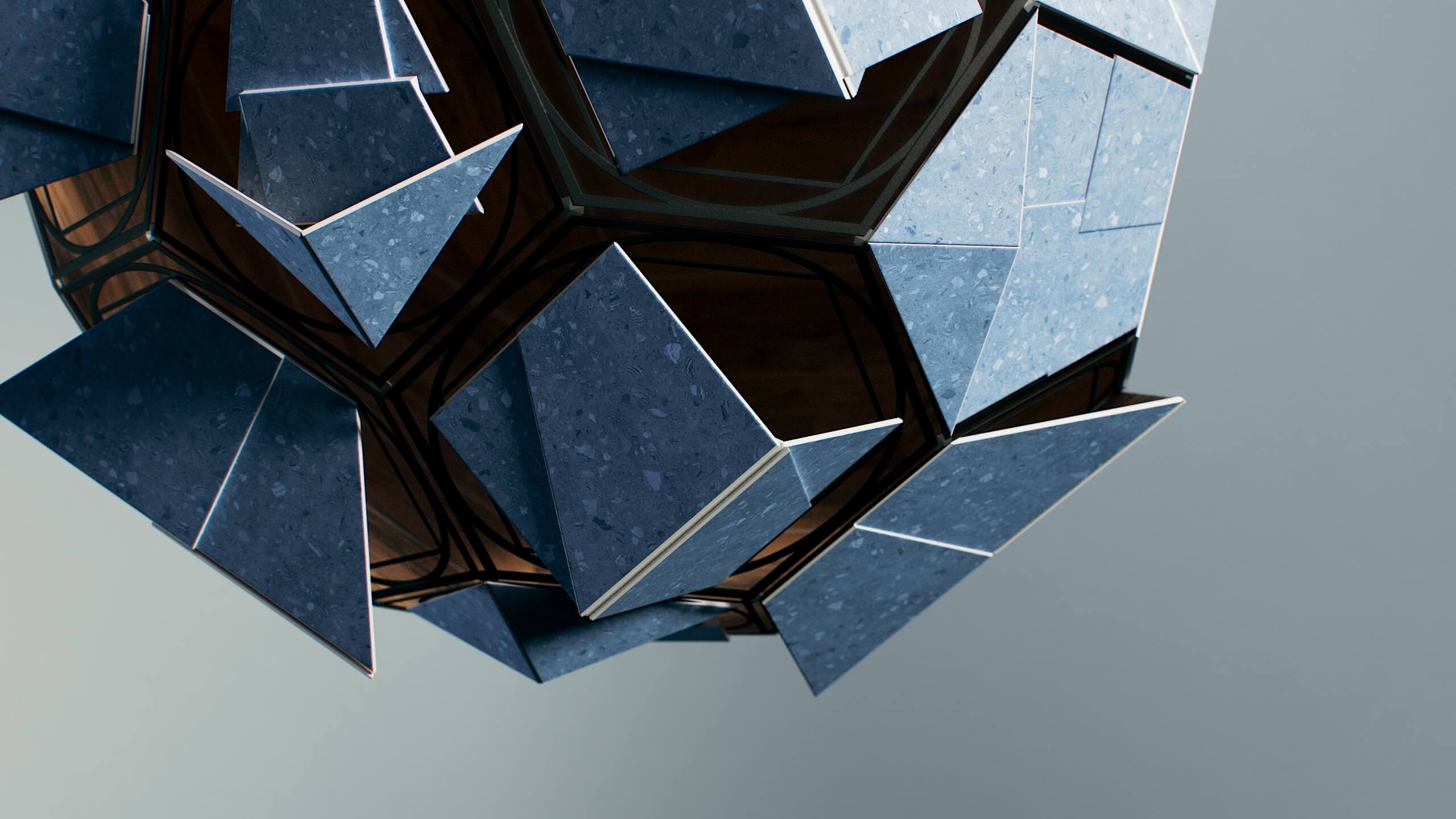
© 2024 Mark Lindner